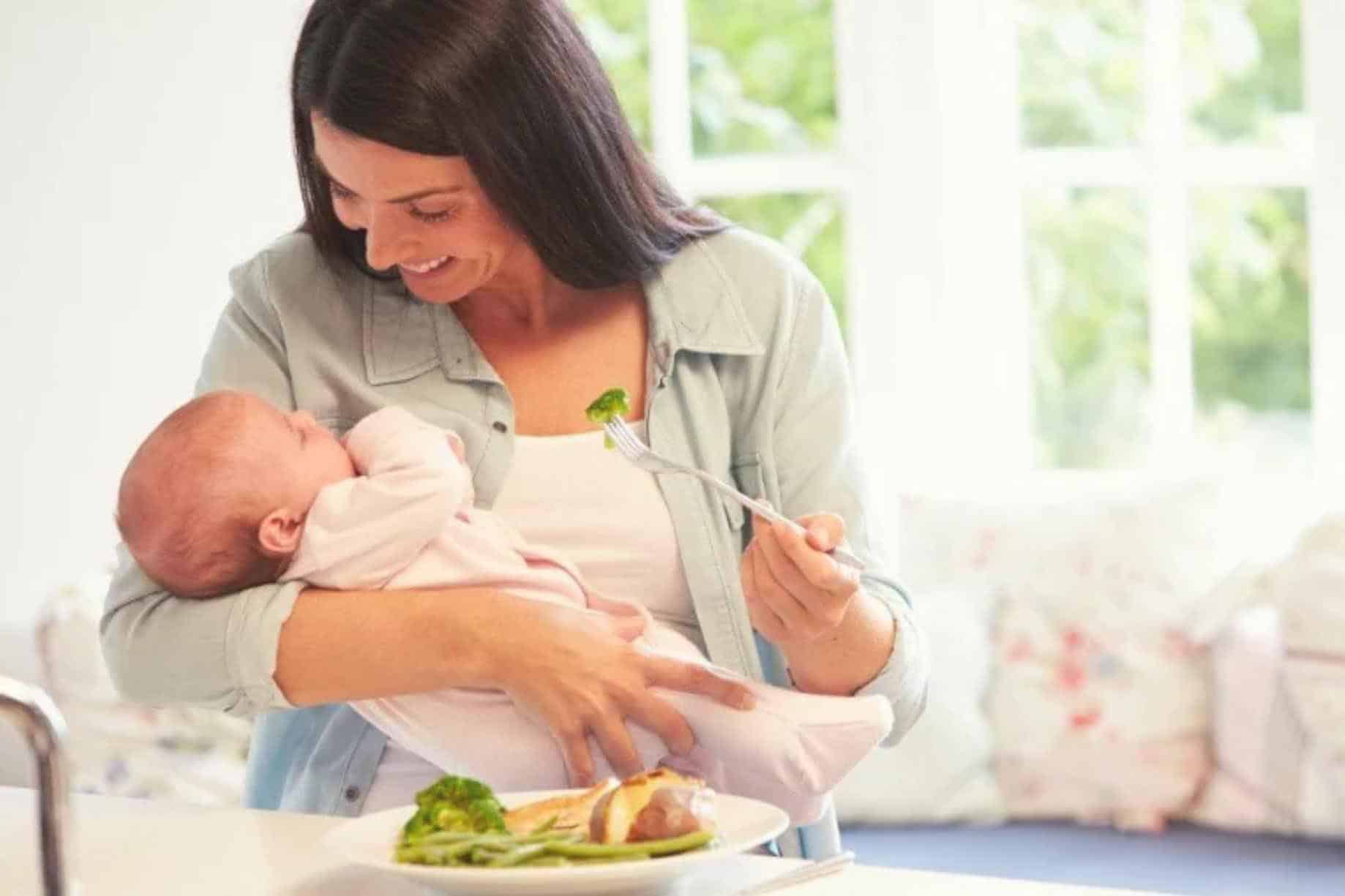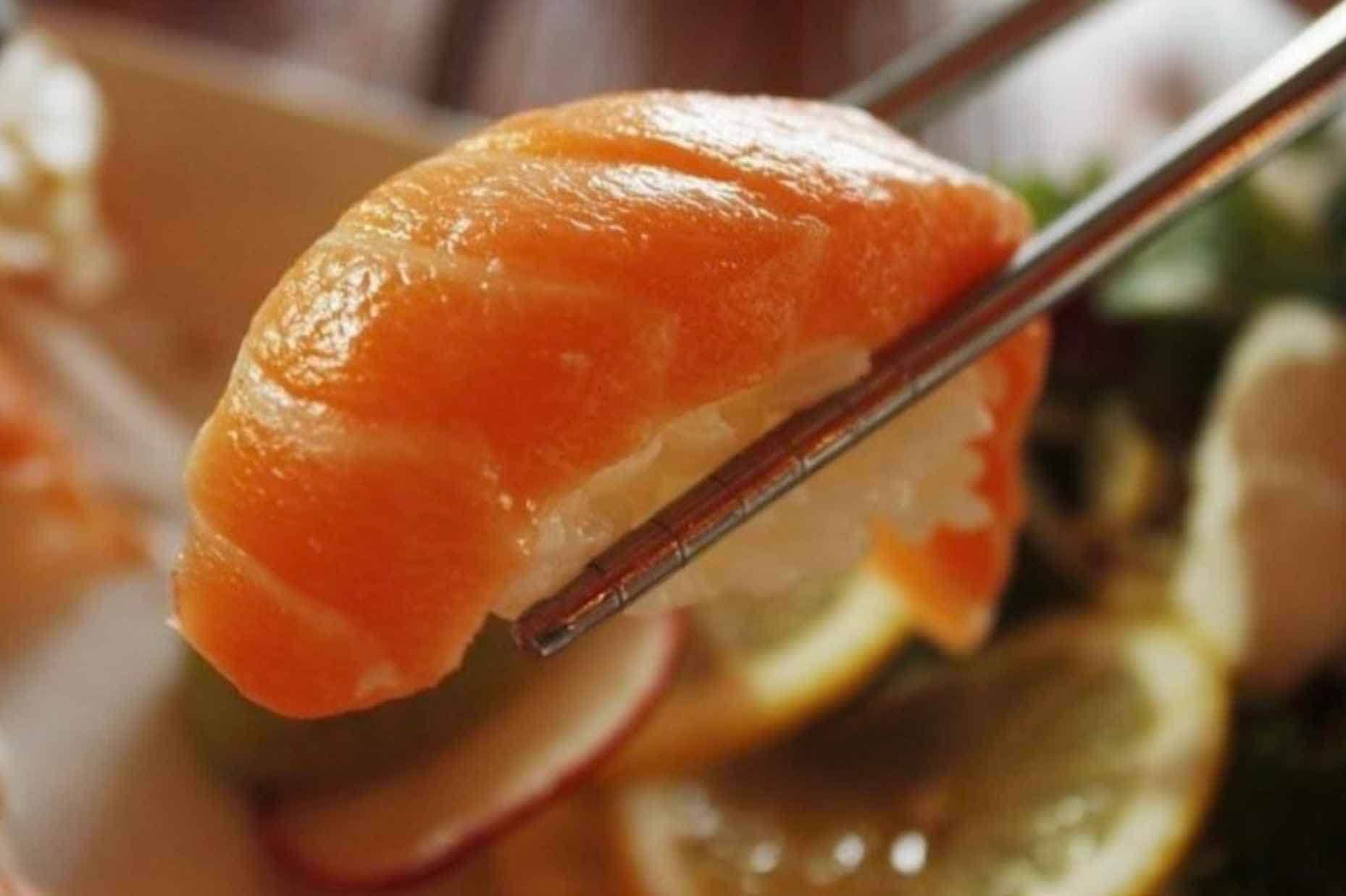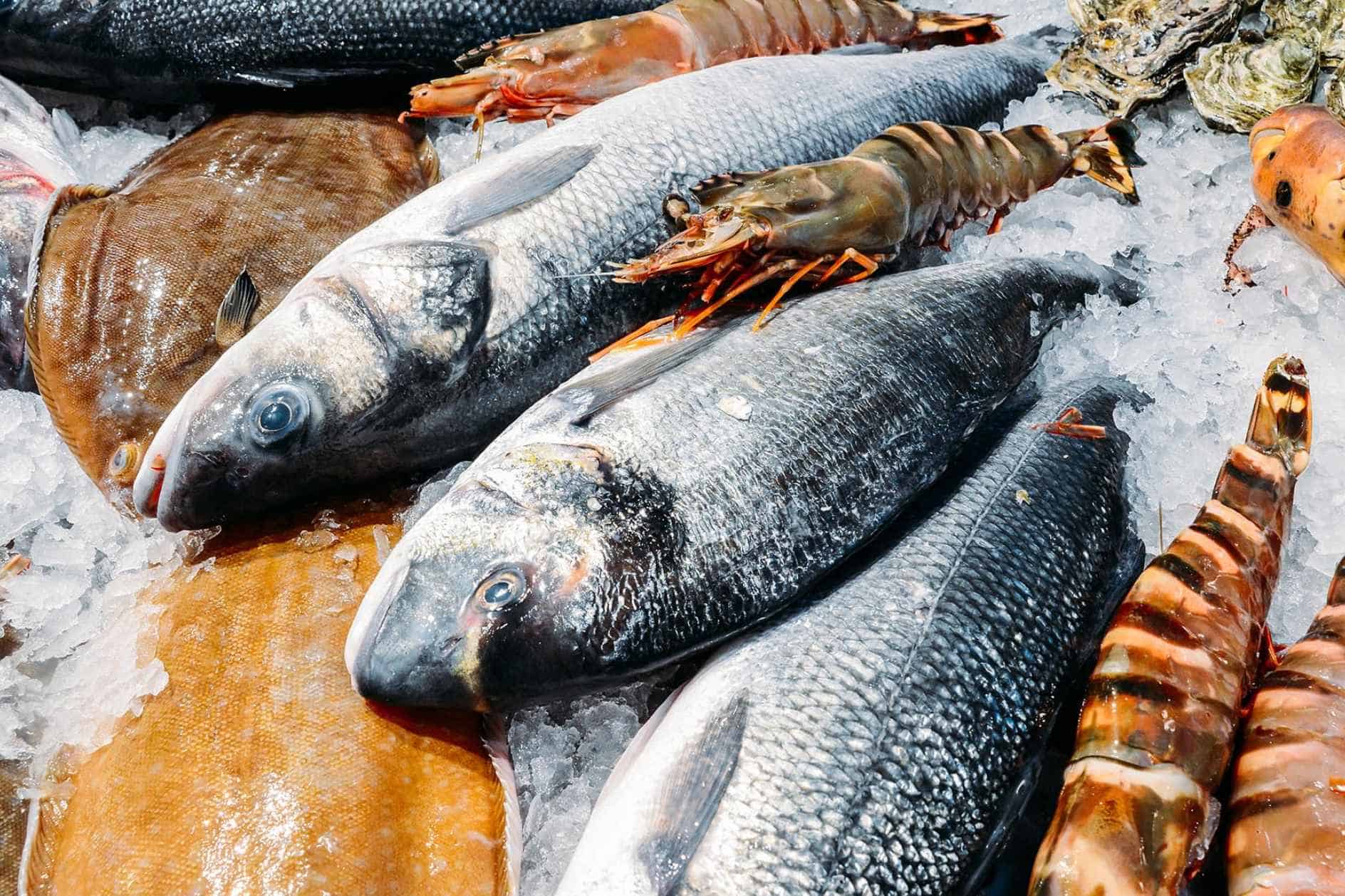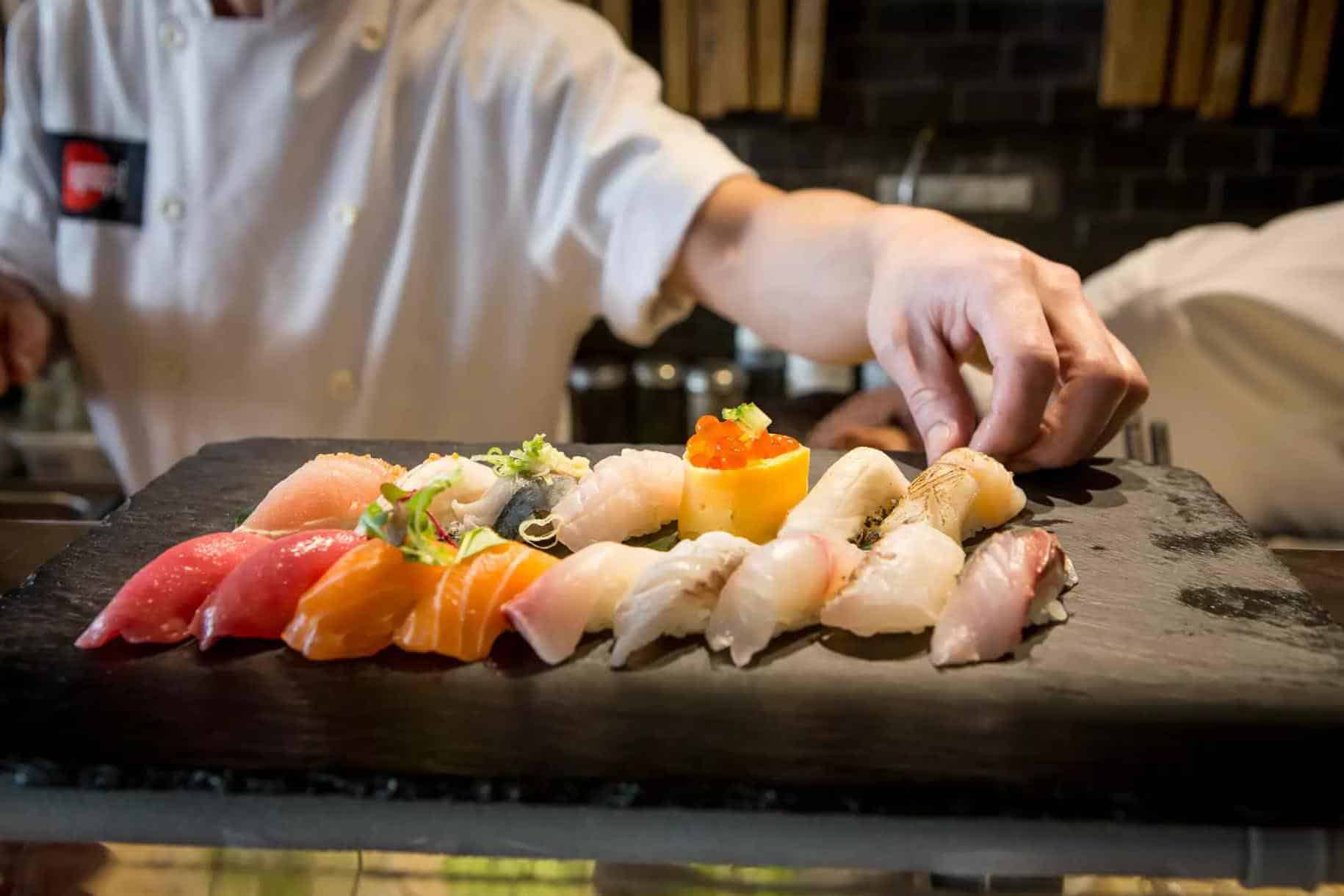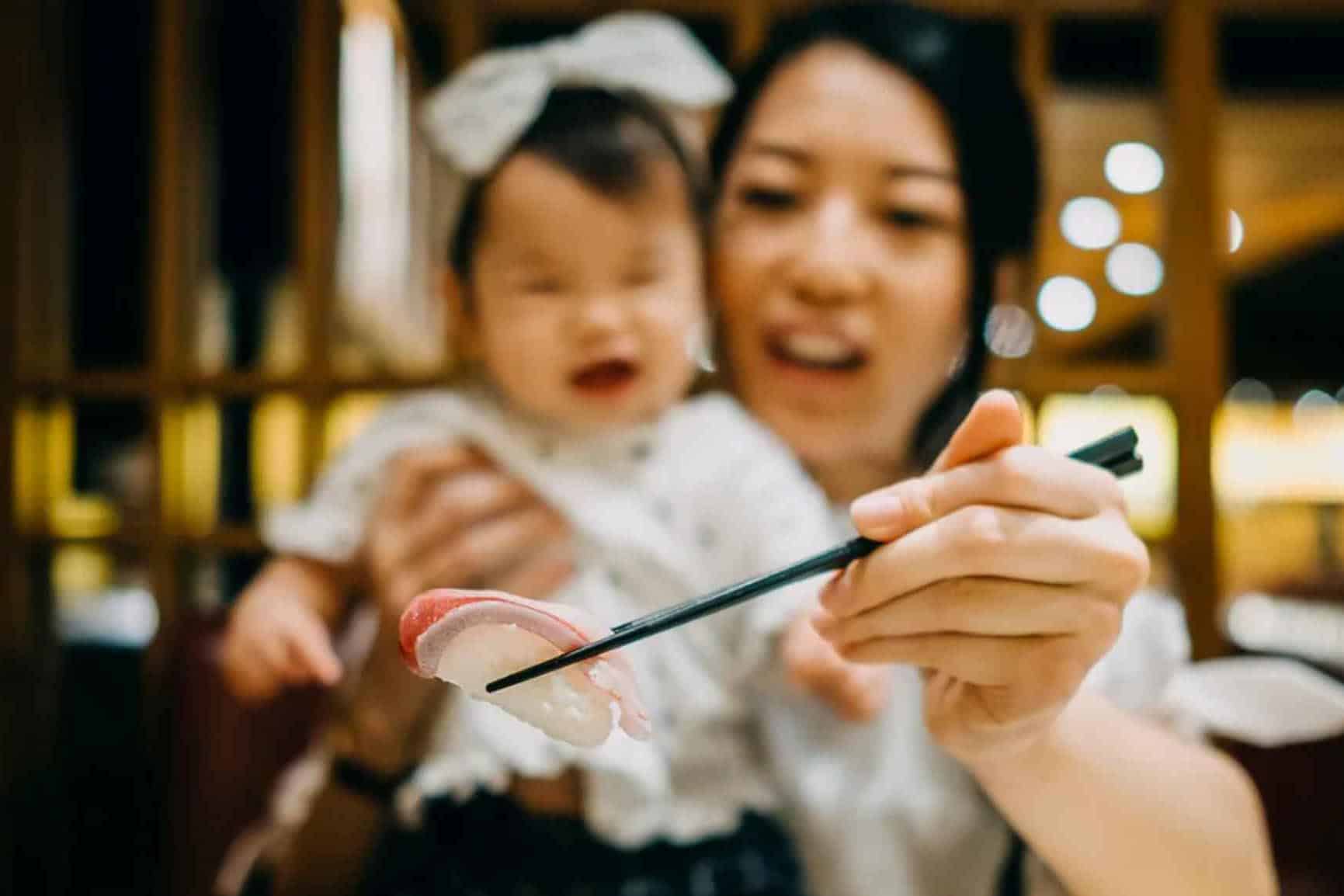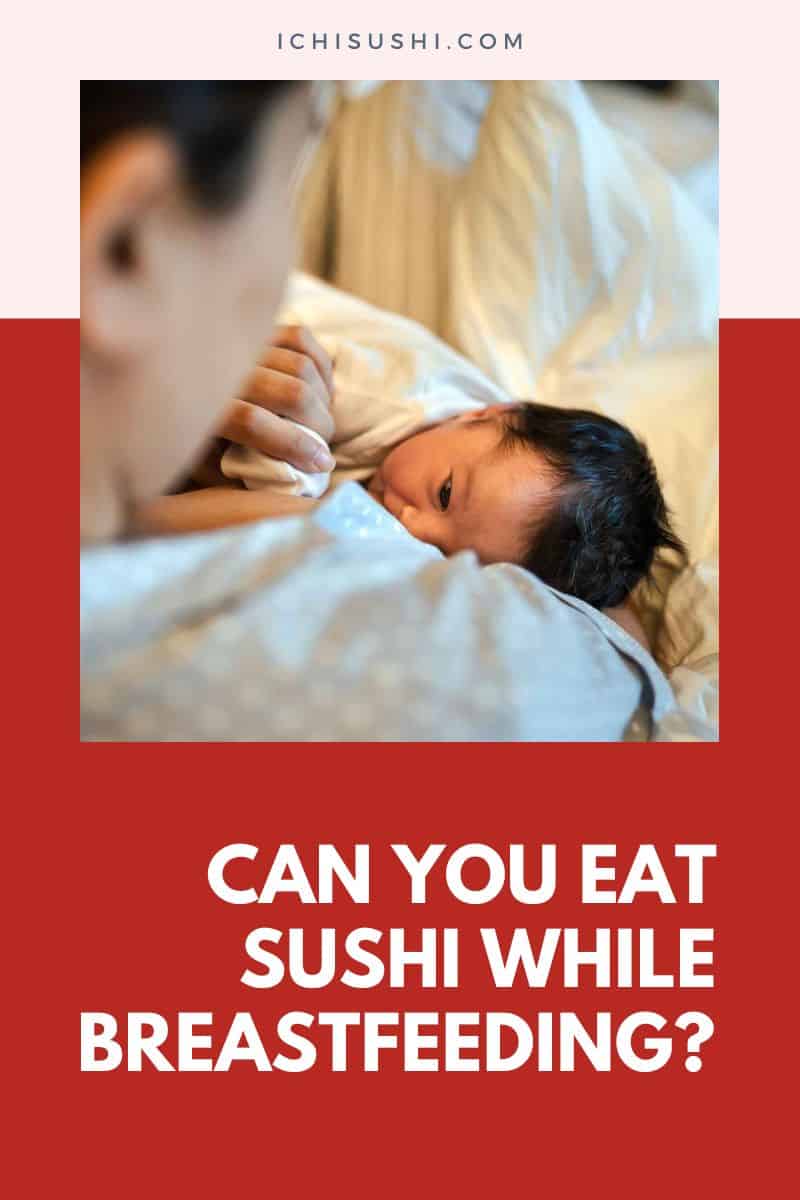Are you wondering if it is safe to eat sushi while breastfeeding? While there are many food restrictions during pregnancy, the guidelines loosen as you breastfeed.
And yes! That includes your favorite Japanese roll. But this journey has a few speed bumps—we’re talking about the risks. So read this blog thoroughly to keep you and your baby safe.
Eating Sushi: Pregnant vs. Breastfeeding
In terms of diet and restriction, there are many things to consider to keep the health and child development in tip-top shape. And that includes one of many people’s favorite dishes—sushi.
So below is a quick overview of the sushi consumption comparison for the child-rearing stage. But we’ll discuss more of it later to give you a deeper understanding of the topic.
| Dietary Guidelines | Pregnant | Breastfeeding |
| Raw fish consumption | Generally, expectant mothers should avoid sushi due to foodborne illnesses risk. (E.g. listeria or salmonella) | The guidelines are less strict as long as eaten in moderation. |
| Mercury levels | Experts advise limiting the intake of high-mercury fish. It is to prevent potential harm to the developing fetus. | Same as those for pregnant women, as it can impact breast milk. |
| Food Safety | Both need that sushi comes from a reputable source. Plus, prepared and handled safely. | Same with the food safety of pregnant women. |
| Nutritional Needs | Sushi can offer essential nutrients for the growing baby—given the made sushi follows the guidelines. | Sushi can also help breastfeeding moms maintain a nutritious diet. Thus, supporting their health and milk production. |
Benefits of Eating Sushi While Nursing
A typical sushi dish consists of four ingredients. That is rice, nori, fresh fish, and a mix of vegetables. Now let’s look at how beneficial each component is to the consumer.
Nutritional Value
Sushi is low in calories yet packed with nutrients essential for breastfeeding. Among which are these four compounds:
- Omega-3 and Omega-6 fats
- Vitamin D
- Iron
- Choline
Fish like salmon, canned tuna, and mackerel are brimming with Omega-3 fatty acids. These healthy fats aid the baby’s brain development and promote healthy eye development.
Aside from this, it has Vitamin D, which is essential during the first year of breastfeeding.
And if given an ample amount, it can prevent babies from developing bone diseases. Lastly, choline and iron (respectively) support the child’s spinal cord development and immune system.
Protein Source
Protein is often overlooked because the focus is always on the child. But remember that the mother should also guard her body during the process.
Sushi is high in protein, which helps maintain muscle mass. It also assists in breast milk production while keeping you full for longer. That said, here is some seafood for sushi that is high in protein (per 100g). Plus, it is safe for breastfeeding moms.
- Anchovy 28.9g
- Freshwater trout – 26.6.g
- Lobster – 20.3g
- Mackerel – 24.1g
What Are The Risks of Eating Sushi While Breastfeeding?
While sushi offers benefits, there are still risks you should be aware of while lactating. So here are some potential consequences associated with it.
Foodborne Illnesses
There are four common bacteria and parasites found in raw fish.
| Bacteria and Parasites | Signs & Symptoms | Effect on Breastfeeding |
| E. Coli | Vomiting, stomach cramps, bloody diarrhea, and fever. | Decrease in milk supply; a child can also experience diarrhea. |
| Listeria | Some symptoms include fever, headache, muscle pain, and joint pain. | There is no direct study of listeria passed through breastfeeding. But still, contact your pediatrician. |
| Salmonella | Stomach cramps, diarrhea, and fever appear within 12 to 72 hours after infection. | There is no evidence that Salmonella can transfer to the newborn while breastfeeding. |
| Toxoplasmosis | It usually does not present any symptoms. But others experience lymph node swelling, fever, and muscle pain. | Mothers with toxoplasmosis can continue breastfeeding unless they have open wounds in the nipple area. |
Mercury Levels
Unlike bacteria, mercury can pass through breast milk. High mercury-containing fish can alter the newborn’s brain and nervous system development. Aside from this, studies also found hearing and vision problems.
Later, we’ll talk more about seafood with high levels of mercury. And the good and best fishes to use as an alternative.
Allergies and Sensitivities
Since sushi contains allergens like gluten and seafood, the mother should be aware of her sensitivities. One study showed an infant manifesting with wheezes and urticaria. All these are caused by sensitization during breastfeeding, resulting in allergic reactions.
Guidelines When Eating Sushi While Breastfeeding
Here are some guidelines to ensure the safety and well-being of both mother and infant.
1. Avoid High-Mercury Fish
Below is a table of the best and worst seafood to include in your diet. Try working around the first two columns and see what works best. But remember that FDA recommends 2-3 servings a week (1 serving is the size of your palm) of each variety.
| Best Options | Good Choices | Seafood to Avoid |
| – Anchovy
– Cod – Flounder – Lobster (American and spiny) – Salmon – Whitefish |
– Tuna (yellowfin)
– Canned or frozen albacore/white tuna – Snapper – Spanish Mackerel – Halibut – Monkfish |
– King mackerel
– Marlin – Orange roughy – Swordfish – Tilefish (Gulf of Mexico) – Tuna (bigeye) |
2. Choose reputable sources
Cross-contamination happens when unsuspected foods are not prepared well. Ensure to order from trusted establishments that focus on food safety. Another tip is to read a review of their food handling practices to narrow your choices.
3. Try cooked options
If you’re not complacent about eating raw fish, you can cook it instead. Some recipes are sushi rolls with cooked shrimp or crab and vegetarian sushi. Another option is canned seafood if you’re after healthy fats.
4. Practice Moderation
We know how indulgent those rolls are, but remember not to overeat. A balanced diet needs moderation and a variety of options. That means a selection of fruits and vegetables, whole grains, and lean proteins.
What Kind of Sushi Can You Eat While Breastfeeding?
Despite the restrictions, there are hefty styles you can choose when making sushi. Some of those that you can enjoy while breastfeeding is:
- Vegetable rolls: play around with your favorite veggies and turn them into a nutrient-dense dish.
- Cooked fish rolls: a few of the safest options include cooked shrimp, crab, or eel. All these are high in protein while preventing foodborne illnesses.
- Tamago sushi: a sweet egg omelet topped on rice is famous for breastfeeding moms.
- Tempura rolls: you can never go wrong with deep-fried shrimp tucked underneath plump Japanese rice.
- Sushi bowls: we highly recommend this set-up if you don’t have time prepping sushi rolls.
How Often Can a Breastfeeding Mother Eat Sushi?
Like any other food advice, moderation is always the key! Breastfeeding mothers can still eat sushi as long as it follows the guidelines.
Generally, for seafood, you need at least eight ounces per week, including those not in a sushi form. But if you’re planning to do vegetable rolls, you just have to ensure it is within the prescribed caloric diet.
To give you an idea, one serving of sushi egg tamago maki contains 0.8g of fat, 3.2g of protein, and 195 calories. Not bad if you were to ask us!
Alternative Options to Sushi
Most Japanese foods are beneficial to lactating moms because of their cooking methods. Boiling, grilling, and fermenting are a few processes known in the country.
They also veer away from fried foods, but when they do, they ensure to sneak in some veggies.
Another reason is the high protein content offered in each dish. Japanese love the raw taste of the meat, which gives away that it doesn’t have preservatives or additives.
So this leaves us with another mind-boggling question! What are other Japanese meals safe for lactating moms aside from sushi?
Here are five alternatives to try at home:
- Miso soup
- Teriyaki Chicken or tofu
- Tempura
- Yakitori
- Udon and soba noodles with hot broth
Consultation with Health Professionals
If it’s your first time being a parent, we’re sure there are a lot of scenarios going in your head. You limit yourself to all those precautions and keep yourself at the safe line. But when a craving hits, it all washes down the drain with the learnings.
Prevention is what matters in crucial stages of life. But when it becomes detrimental to the mother and child, consulting a health professional is the best option. So what are the red flags that need medical care?
First is gastrointestinal issues like stomach cramps, vomiting, or diarrhea. When this presents, it could be a probable sign of foodborne illness. Although you can’t pass the organisms through breastmilk, it’s still ideal to visit the hospital.
Second is allergic reactions like swollen lips, hives, and itching. Remember not to take this lightly, as anaphylaxis is life-threatening.
Lastly, observe your breastfed baby if it has unusual behavior. If there is blood in the stool, immediately go to the emergency.
Summary
In a nutshell, it is safe to eat sushi while breastfeeding. But remember to make informed choices before you consume anything. Choose seafood that is low in mercury and comes from trusted sources.
Be lenient with food preparation to avoid foodborne illnesses. And lastly, always listen to your body and your baby’s reaction to reduce the potential risks.

Hiroshi Nakamura, a Tokyo-born sushi chef turned US-based writer and critic, is the voice behind ichisushi.com, blending traditional sushi wisdom with modern insights.

